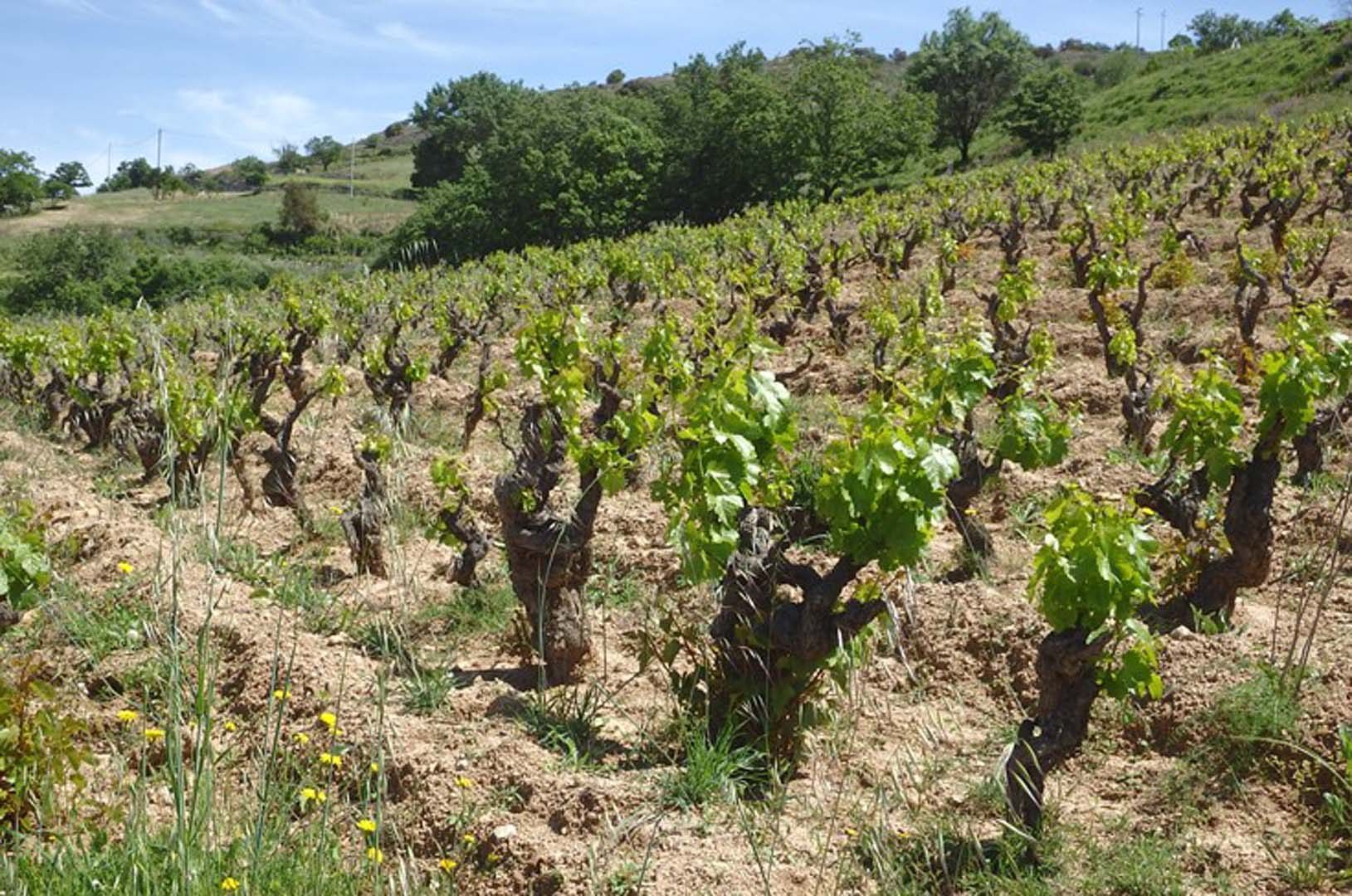
Mamoiada: the genuine, raw, millenary face of Sardinia’s viticulture
A small town in the heart of Sardinia, in the Nuoro countryside, 2500 the population, more than 200 the wine making families. In Mamoiada the people have wine in their Dna.
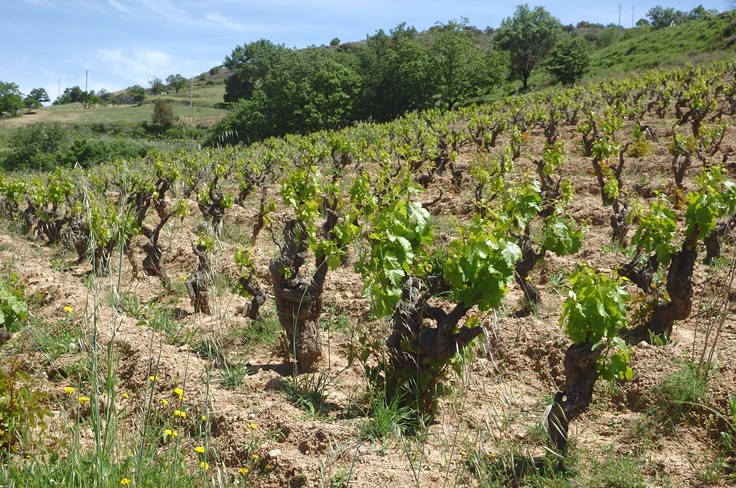
The territory of this ancient village, famous also for its millenary Carnival tradition, is highly suited for viticulture: the vineyards are located at an average altitude of 736 meters and subject to strong temperature variations between day and night, its soils are granitic with a loose structure and slightly acidic. In the territory of Mamoiada there are about 300 hectares of vineyards. The most cultivated grape variety is Cannonau (95%). Thanks to new plants, today Granazza, an indigenous white grape, has also being enhanced. Granazza was inserted in the official National registry of Italian varieties only in 2019, after several years of genetic studies to prove it was different from Vernaccia di Oristano, the grape which had been mistaken for at the beginning.
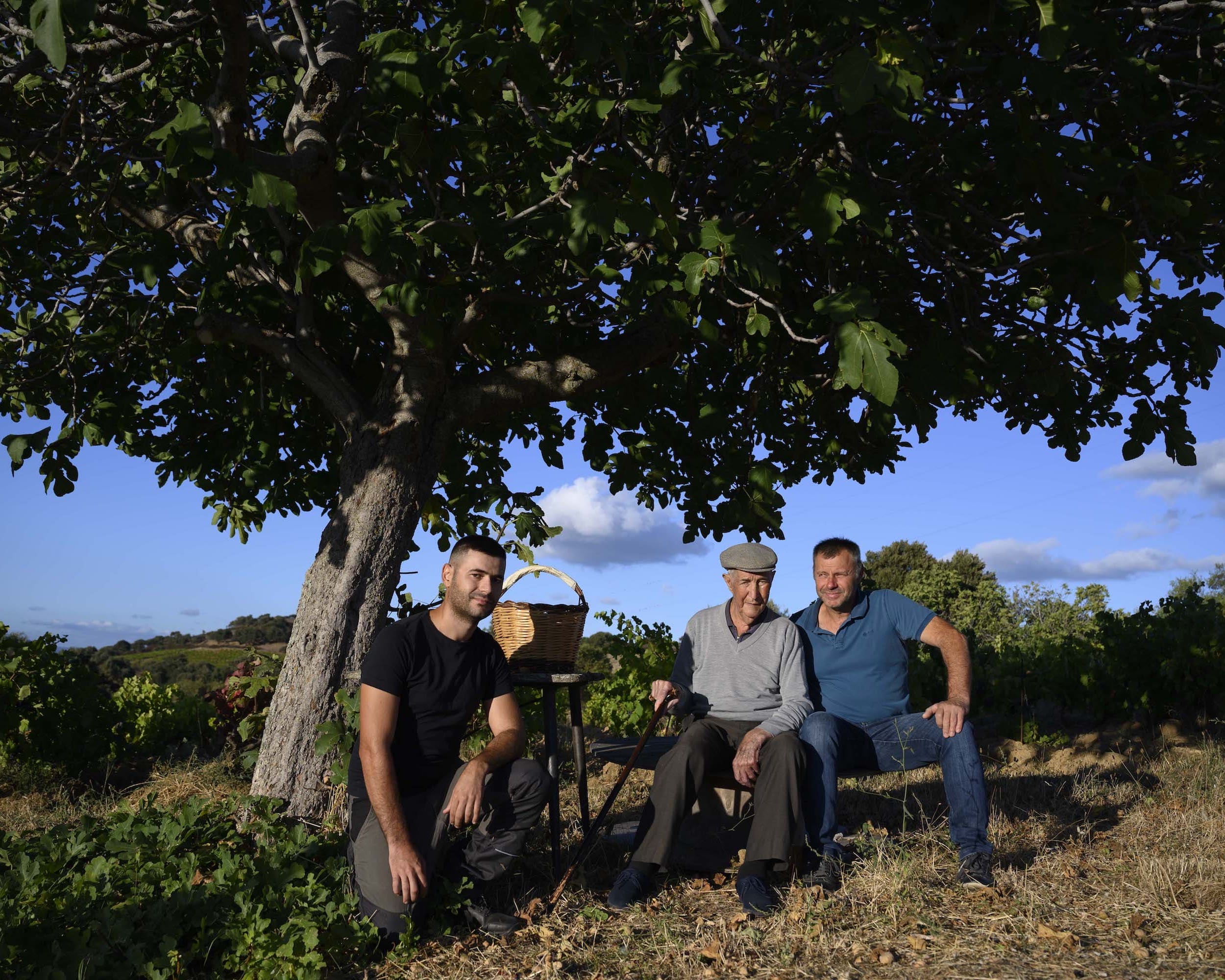

Most of the producers have been crafting their wines for self consumption for centuries, but since the beginning of last decade 20 winemakers started bottling and labelling their wines, giving an identity to their land and specific terroir. In 2015 they created the first wine producers’ association of Mamoiada, which is called Mamojá – vini e territorio , it is working with the aim to promote the new generation of winemakers of Mamoiada and their wines. They sent me samples of the upcoming new releases and short videos of presentation for each producer. Here you can watch them on the association Instagram account.
Viticulture is kept minimal and traditional: the training system is the ancient alberello (“small tree”), typical of Southern Italy, and the yields limits are kept low to favour quality over quantity (the average is between 20 quintals / ha in ancient vineyards and 60 in young ones). The plowing in the ancient vineyards is still done with the oxen plow.
The producers applies the idea of minimal intervention in the vineyards and in the cellar with a vision of sustainable agriculture. All the productions are organic and during the winemaking process they tend to operate with indigenous yeasts and no additives.
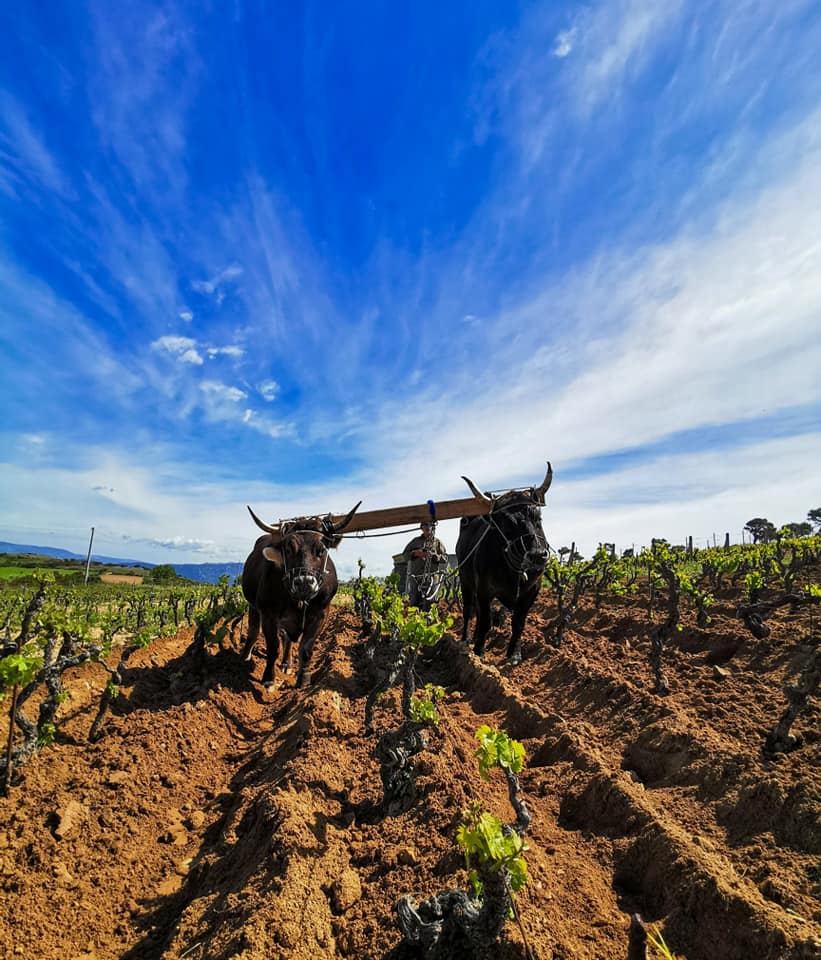
Below you can find a Youtube video with my samples tasting (it’s in Italian but you can turn on the captions on Youtube and follow along). There is a list of the producers and the wines I tasted, as well.
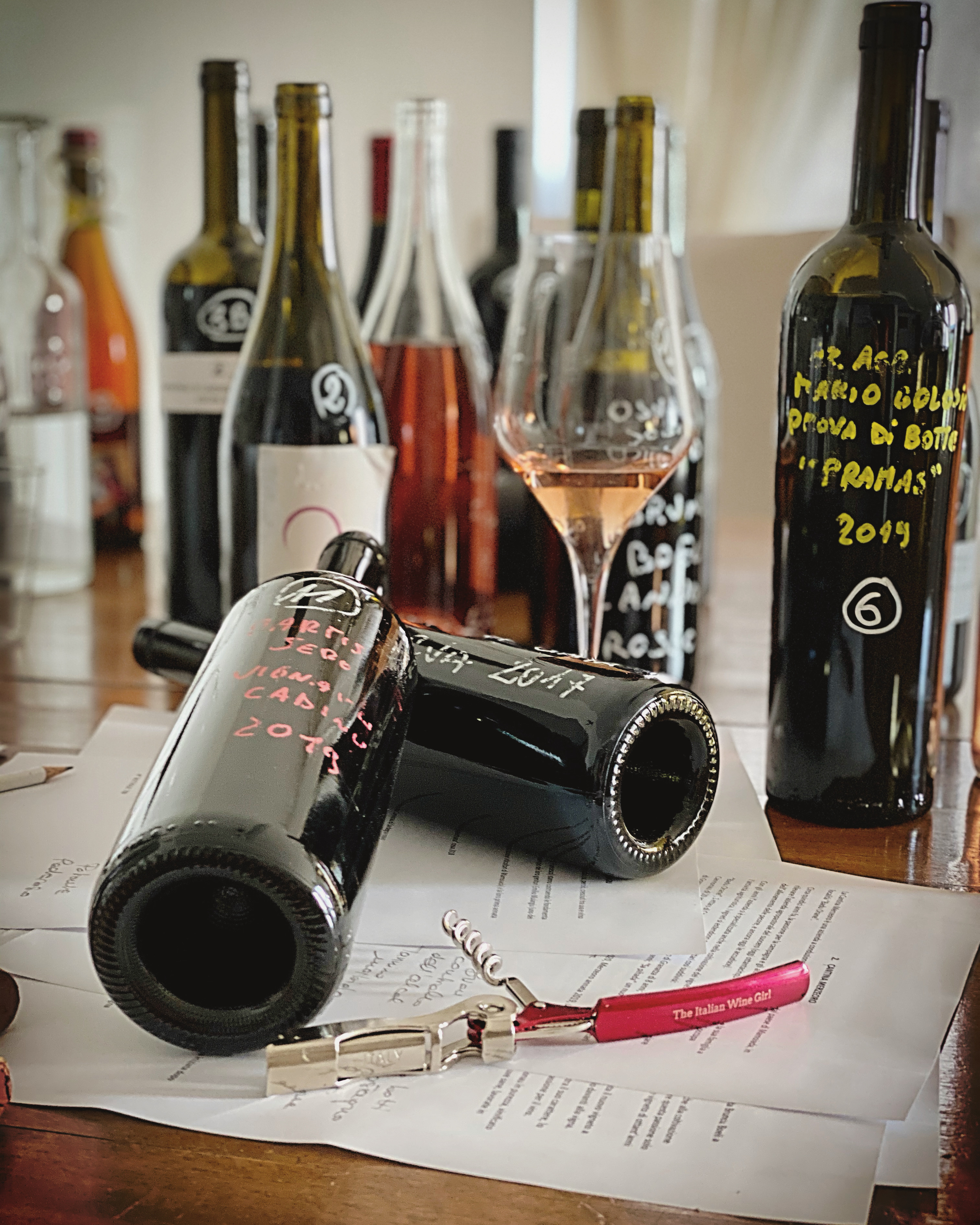
I was overall impressed by the way they could manage the alcohol and acidity balance with the Cannonau. Usually Cannonau (which is Grenache in France and Garnacha in Spain) can lead to high levels of alcohol and low levels of acidity if not managed properly. Mamoiada’s producers did overall a great job in balancing the wines preserving the floral and peppery aromas typical of the variety and completing the harmony with soft, velvety tannins, even without the use of oak.
In certain cases (for the Riserva wines) the choice of the winemaker is rather chestnut barrels than oak barrels, in the traditional way of the area.
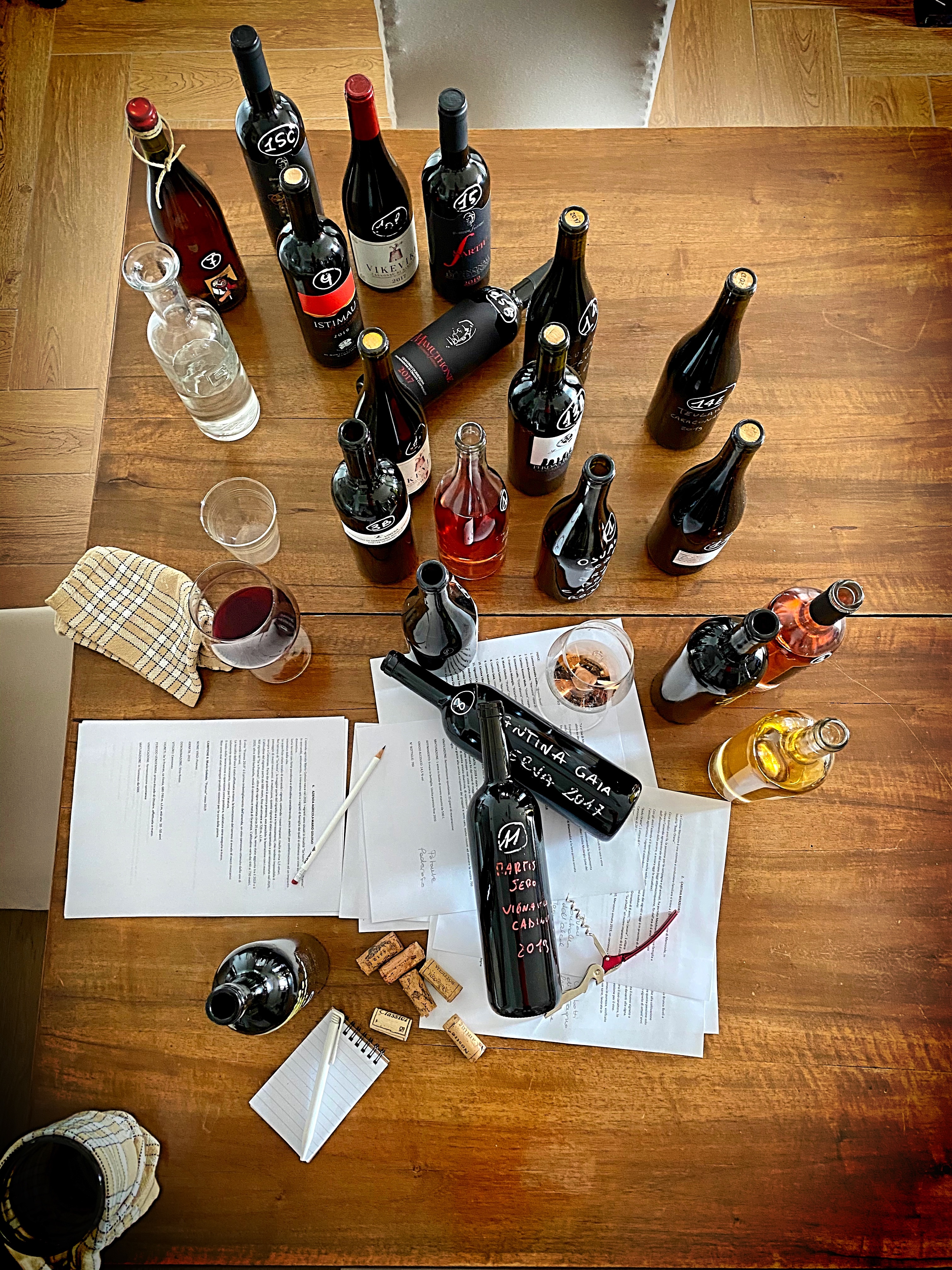
One last word about Granazza: this white native grapes is incredible, I tasted only one example, because it is really hard to find and rare, traditionally the Granazza vines were planted among the Cannonau vines in the same vineyard and used as a blending grape in the red wines. Now some producers started believing in this indigenous variety and the result is encouraging: a white wine with personality, it tastes like quince, dried apricots, tangerine and thyme. I hope more local producers will implement Granazza vineyards in the area because I believe this could be one of the hallmark of Mamoiada.
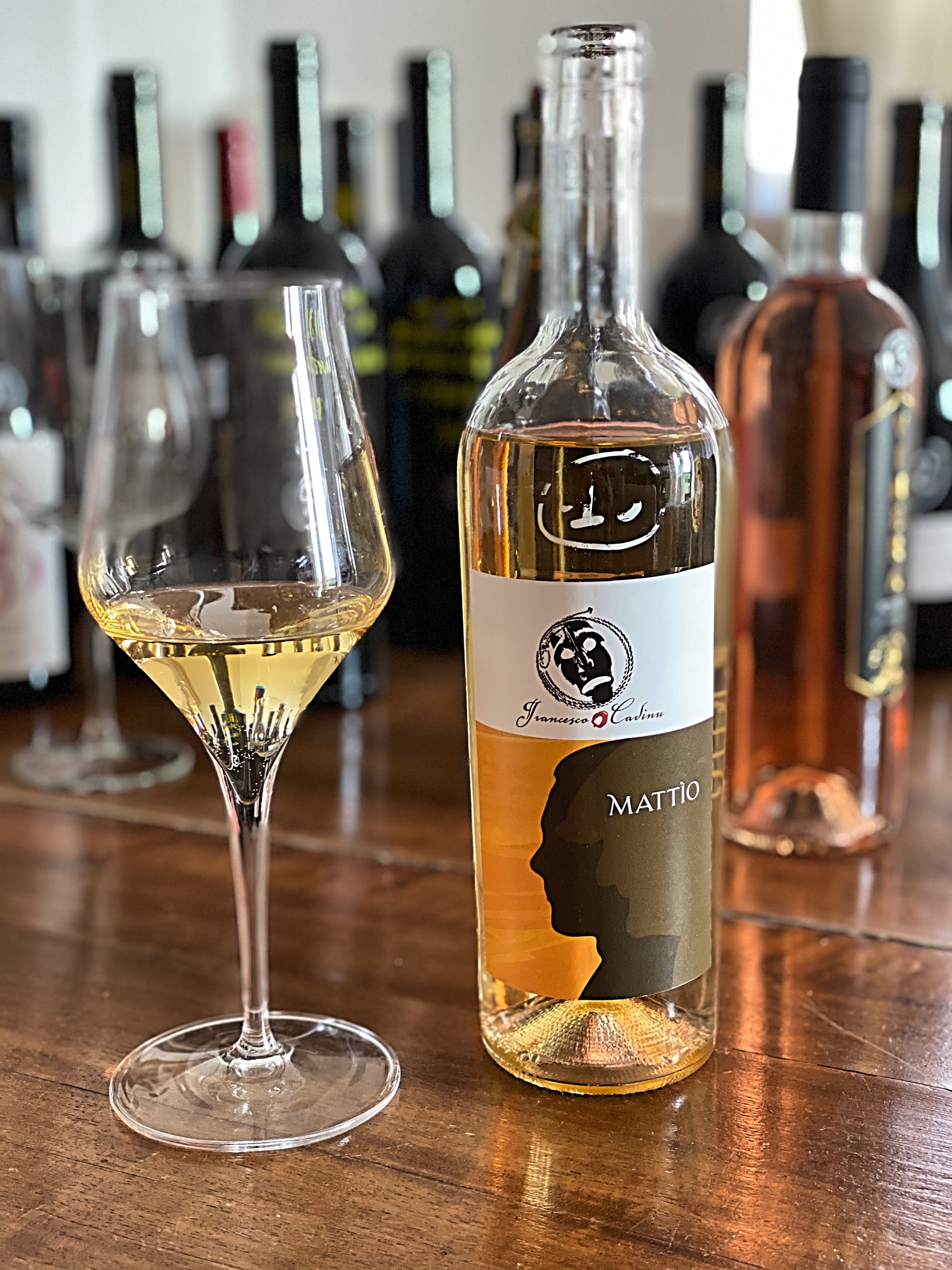
WINERIES AND WINES
(all of them are Cannonau, one is Granazza)
1. Cantina Osvaldo Soddu, “Bruncu Boeli” rosso 2019
2. Cantina Merzeoro, “Merzeoro” rosso 2019
3. Cantina Antonio Mele, “Vinera” rosato 2019
4. “Vinera” rosso Riserva 2019
5. Giovanni Ladu, “S’ena Manna” rosato 2019
6. Francesco Mulargiu, “Malarthana” rosso 2018
7. Mario Golosio, “Pramas” rosso 2019
8. Cantina Sannas, “Maria Pettena” rosato 2018
9. Cantina Gaia, rosso Riserva 2017
10. Cantina Montisci Vitzizzai, “Istimau” rosso 2019
11. Cantina Vikevike, “Vikevike” rosso 2019 –
12 “Vikevike” rosso 2017
13. Vignaioli Cadinu, “Martis sero” rosso 2019
14. Andrea Cosseddu, rosso 2019
15. Cantina Francesco Cadinu, “Mattio” bianco 2019 Granazza
16. “Perdas Longas” rosso 2019
17. Cantina Teularju, “OcruArana” rosso 2019
18 “CaraGonare” rosso 2019
19. Cantina Giuseppe Sedilesu, “Sartiu” rosso 2019
20. “Mamuthone” rosso 2017
21. “Ballu Tundu” rosso riserva 2015


